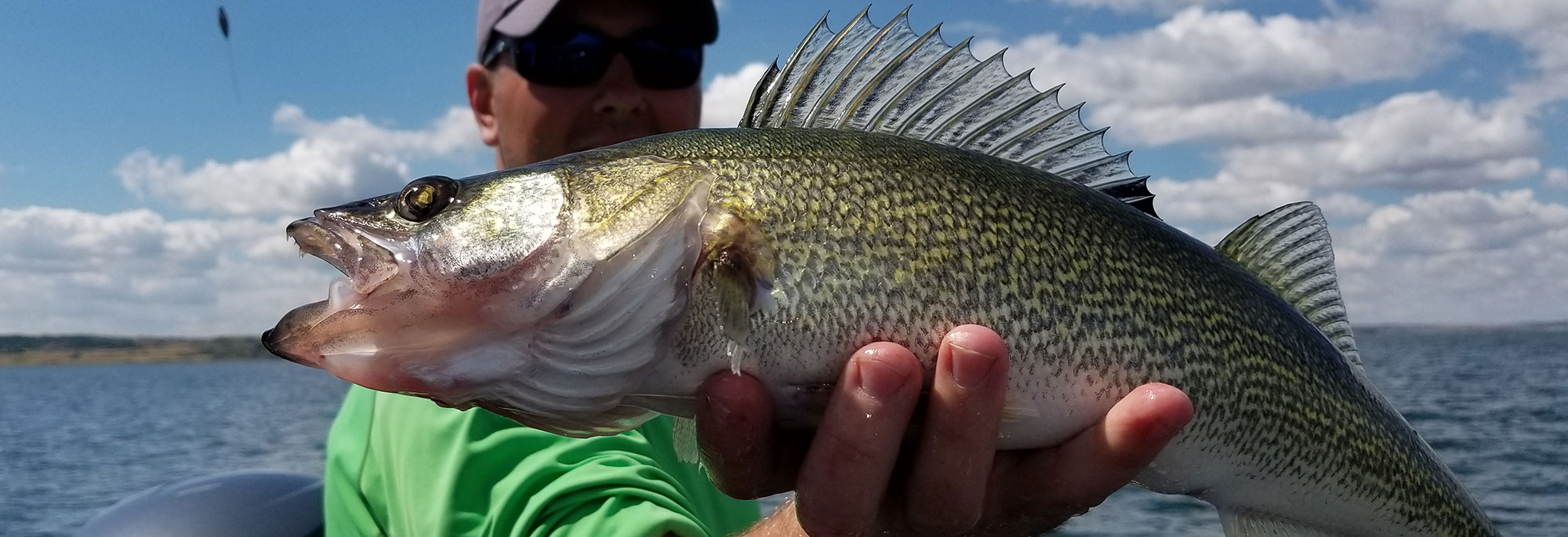
Succeeding By Recognizing Past Shortcomings
By Greg Power
During one’s career, we generally focus on the now and tomorrow. At times, however, its human nature to occasionally hit the pause button, take a look back and highlight successes. Last year in the March-April issue of North Dakota OUTDOORS, for example, I focused on past, constructive fisheries management decisions/ projects in an article titled “A Positive Retrospective.”
On the flip side, we infrequently look in the rearview mirror and identify what didn’t work. To live and learn, no matter your profession, it’s important to recognize some of the past efforts and actions that included some potholes along the way.
Over the course of 70-plus years, the following are a few that did not hold up to the test of time.
.Walleye in North Dakota
North Dakota OUTDOORS, 1951: “Only in isolated instances have any returns been realized from the plantings. The simple fact is that very few lakes within the state offer conditions under which the walleye can grow and reproduce in sufficient numbers to make angling for him worthwhile … we can, however, state this with reasonable certainty (that) the walleyed pike will not be the dominant species in any of the impoundments thus far created. The necessary requirements for their well-being are just not there.”
Reality Check
Fast forward to 2023. There have never been more walleye in more lakes (223); never more walleye harvested statewide; and never more angler interest as walleye is the number one species for about 80% of North Dakota residents.
Walleye Length Restrictions
To protect walleye populations in the Missouri River System, and in many lakes throughout the state, length restrictions were believed to be needed, particularly between 1991 and 2008.
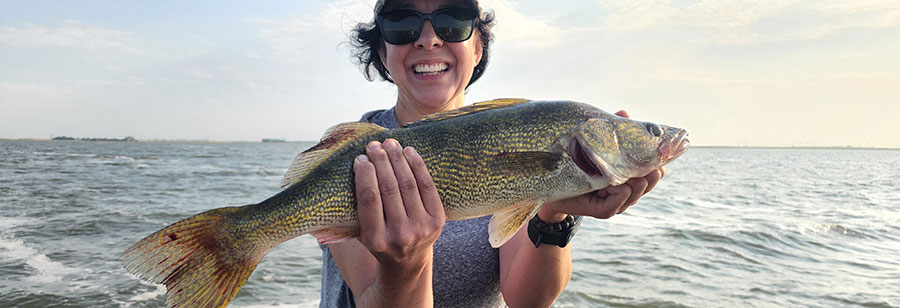
Reality Check
As recent as 2001, there were 13 waters in North Dakota that had size restrictions, including a 14-inch minimum restriction on Lake Sakakawea from 1991-97, and a maximum of one-over 18 inches limit on Lake Oahe in 2000-01. Respective population assessments, including various biological analyses, determined length restrictions did not serve their intended purpose and led to public confusion. Currently, there are only four waters in the state with size restrictions in place.
Stocking Walleye in the Big Lake
Popular belief in the 1970s and 1980s was that Lake Sakakawea could not be stocked with enough walleye fingerlings to produce a fishery due to its large size (365,000-plus acres).
Reality Check
A multiple-year walleye fingerling stocking study was conducted in lower Lake Sakakawea in the late 1980s and the positive results of the study spring-boarded the strategical stocking of Sakakawea in subsequent years. Periodic stocking has enhanced Lake Sakakawea’s tremendous walleye fishery.
Repeated Rainbow Trout Stocking
Many new reservoirs were built in the 1950s and the Game and Fish Department’s fish species of choice to stock into these new waters was rainbow trout. Trout stocking continued into the 1960s and 1970s, but by the 1980s the rate of return (survival) in these waters began to diminish substantially.
This decrease in survival was the result of reservoir aging (a process called eutrophication) causing high trout mortality, especially during winter, and competition with other fish species in the respective reservoirs.
Despite that the “writing was on the wall,” the Department not only continued stocking trout into these waters where there was little return, but occasionally also took an additional step of eradicating lakes of all fish species and then restocking them with trout only.
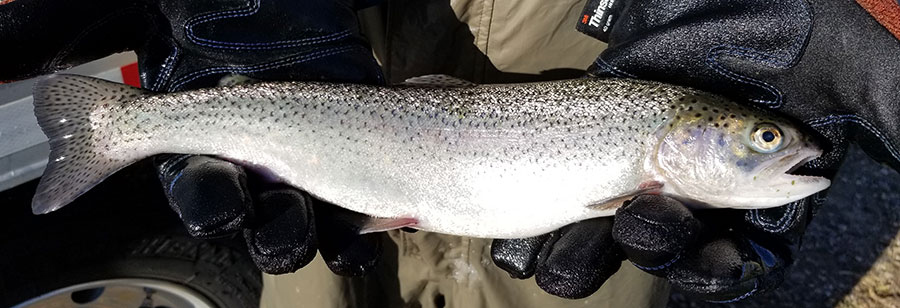
Reality Check
By around 2000, there was an acceptance that many of our historical trout stockings were not working. Instead of forcing them into waters where the trout no longer thrived, biologists focused on other species that could survive both the heat of summer and prolonged winters. Further, trout production from the hatcheries were reprogrammed to waters where the trout could still survive for extended periods of time or to a growing number of community fisheries where they provide an immediate product for all to catch and enjoy.
Smallmouth Bass in North Dakota
North Dakota OUTDOORS, 1960: “They (smallmouth bass) are not adapted to the type of environment available. Future management will consider only the largemouth bass for stocking small and large impoundments.”
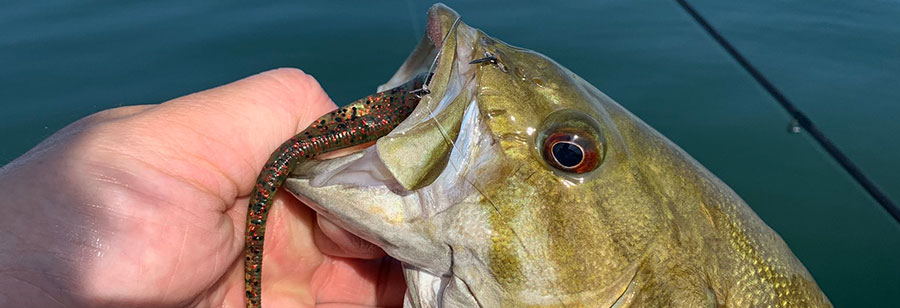
Reality Check
After initially being introduced into various waters, smallmouth bass populations throughout the state are doing remarkably well in terms of both size and numbers. Virtually all smallmouth bass populations in North Dakota today are self-sustaining.
New Prairie Lakes, Short-term Opportunities Only
Beginning in 1993, and continuing to date, generally wet conditions are the norm for North Dakota. As a result, former shallow wetland basins have deepened significantly and have become productive fishing lakes.
From the late 1990s through about 2010, the Department mindset was that these new waters were nothing but “flash in the pan” lakes that would not be around long, so the agency should minimize its investment in developing access or good facilities. There was even a belief that many of these new lakes were too shallow (10- to 18-feet deep) and walleye would never survive.
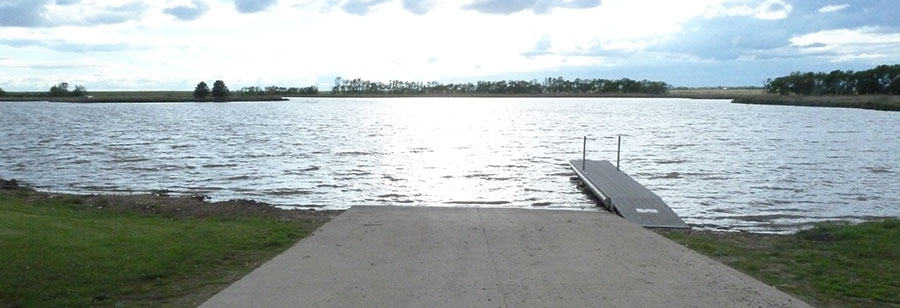
Reality Check
Not only have we experienced a record number of exceptionally productive new(er) prairie lakes that resulted in decades of dependable northern pike and yellow perch fishing opportunities, but as of today there are approximately 75 new walleye fisheries encompassing about 85,000 acres that didn’t exist 20 years ago. The Department now aggressively stocks these waters and, in many cases, has developed new access and boat ramp infrastructure. Even with a worst-case scenario forecasting severe drought for multiple years, many of these prairie lakes will continue to produce for at least another decade. These prairie lakes are far more than a “flash in the pan.”
Operating Aeration Systems
From the 1950s through the 1990s, there was an internal thought process that the Department needed more aeration systems (including windmills) due to low oxygen levels in some lakes, especially in winter. Conceptually, if the aeration system was sized properly with compressors, air hoses and so on, keeping small portions of some lakes open during winter by operating aeration systems would increase oxygen in the lake and decrease the potential for winterkill.
Reality Check
To operate these systems required both a substantial investment of time and money, with mixed results in the end. Further, there was/is always a human safety issue when areas of a lake were purposedly kept open throughout winter. In 2002, the Department walked away from participating in winter aeration systems. Lakes that once had aeration systems but had not been operated for the past 20 years, have not experienced additional winterkill during this time.
Tree Reefs
At one time, the Department actively worked with local fishing/wildlife clubs collecting Christmas trees and creating reefs in select waters across the state to develop fish spawning habitat and provide cover and structure for the fish.
Reality Check
Despite multiple attempts to improve fishing on several lakes by creating Christmas tree reefs, there never was any overwhelming information to support these intensive efforts after the reefs were created. And given it often took numerous volunteers a full day or two for the completion of one project, public interest in Christmas tree reef ventures dwindled.
Underwater Video Cameras
Underwater (submersible) video cameras became popular, especially for ice anglers, in the 1990s and are still in demand today. The need and usefulness for cameras from an angler’s perspective remains understandable. Under ice conditions, many of North Dakota lakes are much clearer, thus utilization of video cameras has allowed anglers the opportunity to view their quarry in its natural setting.
In the 1990s, some Department staff expressed concerns with this emerging technology as it was not regulated. The concerns centered around ice anglers using cameras would greatly increase their chances of harvesting fish, especially yellow perch and bluegill. This in turn would increase the overharvest potential in clearer lakes where the cameras were being used.
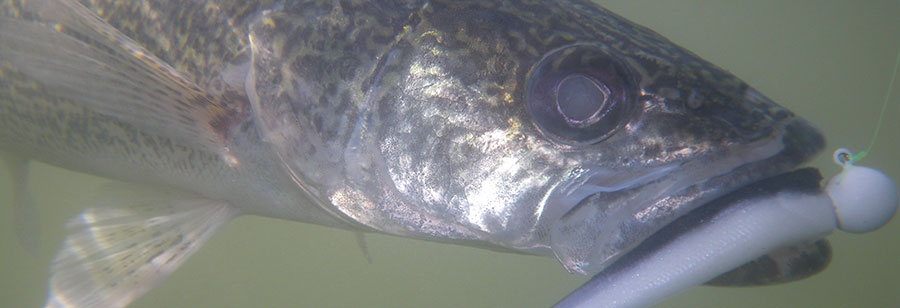
Reality Check
The concern that cameras would lead to overharvest was simply wrong. Instead, the underwater video cameras became a friend of our fisheries biologists. For years, Department staff would share with the public that, based on fishing surveys, a given lake had high numbers of walleye, perch, pike and so on. However, all too often, while fishing a given lake, the bite never materialized despite the angler’s high expectations based on survey results. Often, the use of cameras resulted in ice anglers observing first-hand the strong fish populations in various lakes while at the same time, witnessing the uncooperative nature of fish. In a roundabout way, the cameras gave visual confirmation of the Department’s survey data.
Looking back, it’s easy to cast doubt on some of our past doings. However, at that place and time, the popular thinking was well-intended and simply had a different look than how we view it today. Identifying and expounding upon our past shortcomings, isn’t so much about the shortcoming itself, but rather the recognition that we learned and then moved on. In the end, acknowledging past shortcomings has been and will continue to be foundational to building future successes.
